You don’t just need any ol’ creative, you need ‘commercial creative’.
“Where do good ideas come from?”.
I’ve produced a lot of award-winning marketing and advertising. More importantly, I’ve produced a lot of commercially successful marketing and advertising. And of all the questions, this is the one I’m asked the most.
Truth be told, it’s a difficult question to answer. There are many factors involved; time, copious amounts of research, the joining up of random thoughts, whisky, late nights, crying etc etc.
The answer I often give is “Good ideas are found in a pile of bad ones.
But while that’s a good answer proving how, firstly, we shouldn’t be afraid to come up with bad ideas. And secondly, not be precious about killing them off, it’s not a helpful answer if you’re looking to encourage others how to have great marketing ideas.
Because having good ideas, and them being powerful enough to transform prospects into customers… are very different.
Anyone can have an idea. We’re all creative to some degree. So what makes some creative marketing more effective than other creative marketing ideas?
The answer is ‘commercial creative’. And ‘commercial creative’ is produced from a very different perspective.
Based on experience, I think many MDs, CEOs, Marketers, and Creatives etc, have a perspective problem. They struggle to see their own marketing from the incredibly vital prospect’s perspective.
“I can put myself in the prospects’ shoes” you might say.
But can you? Really?
To see if you can, I want you to imagine yourself in the hull of a moving ship.
This is in fact how Galileo’s ball drop experiment began.
Picture yourself below deck (beneath the water line) in a ship rapidly moving through the sea. Outstretch your arm and unclench your fist to drop the ball you’re holding. From your perspective, the ball drops in a single direction… straight down.
Now imagine you’re a diver (or a fish) watching the same ship rapidly moving through the water. Using your special X-Ray vision you can see someone in the ship’s hull dropping a ball.
But now you see how the ball actually drops in the real world. Because between when they unclenched their fist and when the ball hit the floor, the ship was still rapidly travelling forward.
You, from the outsider’s perspective, saw the ball drop… diagonally.
And this is fundamentally the difference between how marketers and prospects see the same marketing communications.
They both see the same ball drop but only one sees it fall in the wider context of the real world. And the only perspective that matters is the prospect’s diagonal perspective.
Being the proverbial diver is the perspective we should create and judge marketing and advertising concepts from.
Certainly in my experience, this is one of the fundamental differences distinguishing creative ideas from commercially creative ideas.
One of the most watched Ted Talks is the late great Sir Ken Robinson’s “Do Schools Kill Creativity?”. I for one have contributed to many of the 76 million views.
I agree with Sir Ken that academia does favour the left hemisphere over the right. Being frank, as a kinesthetic learner rather than academic, I left school thinking I was stupid. Comparison is the thief of joy and all that jazz.
But while schools are teaching creativity OUT of children, I would like to teach commercial creativity INTO marketers and creatives. It doesn’t happen overnight. In fact, it took me many years at the school of hard knocks.
Someone within my network feels personally rejected that their creative ideas have been thrown out many times by clients and employers. So much so they’re on a mission to find clients or an agency that will never shoot their ideas down. Sadly (for them anyway) that’s a utopia that doesn’t exist.
Truth be told, I just don’t think they’ve learnt the true art of producing commercial creative yet.
As creatives, we can come up with ideas that we think are so brilliant we’re nigh on practising our “I’d like to thank…” awards ceremony speech. But we have to be brutal. If our stroke of genius won’t remotely influence the prospects, it has to be gaffer-tapped, rolled in carpet and buried so deep that no dog walker will ever find it. And, trust me, I’m a psychopathic idea serial killer. We have to be. Because, if we don’t kill the bad ideas, the campaign metrics will show that we should’ve.
So, like those who do find the bodies (is it just me, or is it always a dog walker?), it’s time to stop talking the talk… and walk the walk.
Let me give you an example of a good idea versus a commercially creative idea.

Both Sage and Xero are pedalling accounting software to small business owners. But this is where the similarities end.
One is a product campaign, the other is an empowerment campaign.
One is selling a solution. The other is solving a problem.
I don’t have the results. I don’t know which one actually generated the best ROI. But I can see these from the prospects’ ‘diagonal’ perspective. After all, I am the prospect. I know which one spoke to me as a small business owner without a full-time accountant.
Come up and give us your acceptance speech… Sage.
You see, the Sage campaign understands that we didn’t go into business to be a bookkeeper. Sage’s commercial creative champions bossing the very thing we hate, so we can get on with our labour of love – the very reason we started working for ourselves.
Within these two creative campaigns is the difference between creative, and commercially creative.
One works forward to sell something. The other works backwards from the audience’s challenges and perspective.
When you work backwards, wonderful things happen. Watched backwards, Jaws is a film about a friendly shark restoring lost limbs and bringing people back to life.
Flippancy aside, M&S’ Foodhall sells similar produce as other supermarkets. But in order to showcase how theirs was far superior, they went to market with another great example of commercial creative… “This isn’t just any food… this is M&S food”.
Please remember that the next time you’re thinking about your next marketing campaign. If you want it to deliver better results than before…
you don’t just need any creative, you need commercial creative.
And if you’re in need of some very effective commercial creative, let’s chat
Baz Richardson is the Founder & Creative Director of
Bravo Creative
